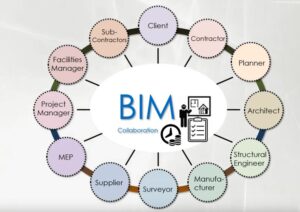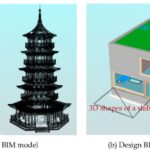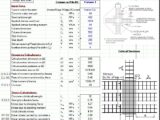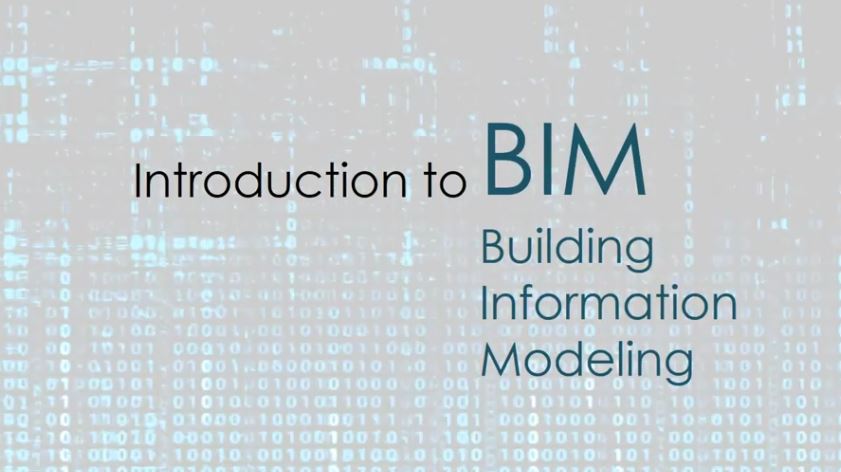
Introduction to BIM (Building Information Modeling)
14 November 2021Table of Contents
Introduction to BIM (Building Information Modeling)
BIM is not a new concept
BIM is not a new idea or a new concept, it has been with us for many years now.
The developments in technology have enabled the construction industry to plan design construct and manage more complex and larger scale projects every year more and more.
Professionals in architecture, architectural technology, building surveying, quantity surveying, construction management and property development and planning are planning BIM increasing the efficiency of projects, improving collaboration between different stakholders and creating a central model that contains all the project information or only some of the added values of implementing BIM.
So what is BIM ?
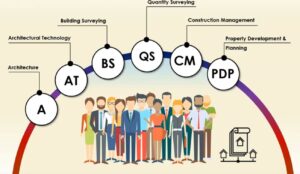
What is BIM?
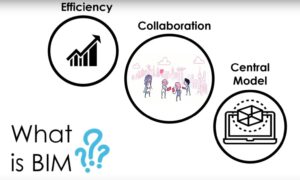
« BIM is evolution not revolution », it was developed over many years by various scholars from all over the globe who worked hand-in-hand with software developers.
The first BIM concept that appeared on PCs was in 1984. Two years later in 1986 Robert Ash introduced the term Building Modelling for the first time. Building performance data on early BIM applications in 1993. The golden years of BIM development were from late 1990’s to early 2000’s.
In 2004 collaboration on central models appeared on BIM applications the advancements of being accelerated considerably from that point and in 2008 more cutting-edge technologies such as parametric modelling and laser scanning were incorporated into BIM applications.
After 2015, different goverments made amendments to the existing construction regulations to imporve the incorporation of BIM process. For example in 2016, the use of BIM process in funded projects became mandatory in the UK. In 2020, Germany made it compulsory for transportation projects to use the BIM process.
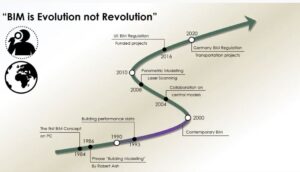
While there are different definitions of BIM, it is a process that improves collaboration between different stakeholders throughout building’s lifecycle.
BIM is a process of working together to advance th efficiency of construction projects.
The most important element of a BIM process is a BIM model that contains all building information.
So here are two important questions :
- What can we do with a building model ?
- What building information can be integrated into a digital model ?
The answer to both questions is everything.
A BIM model includes a detailed 3D Model with all architectural and structural elements, mechanical and electrical systems, spaces details schedules and all sort of documentations.
It can easily calculate cost estimation, material quantities, energy performance, etc…
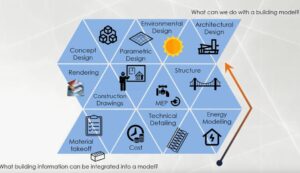
Is BIM only useful for large and complex projects ?
Absolutly not, implementing BIM is highly beneficial for fifferent types of projects with various functions and scales.
Scan to BIM for real-time surveying and incorporation of site features create a huge potential to design and construct spaces that are perfectly integrated with various site-specific conditions.
Implementing BIM will also increase project precision and accuracy less errors and mistakes. It will also improve the coordination between different disciplines involved in a project which would eventually result in minimizing time and cost of the projects.
Using BIM, we can have planned overlaps within different stages of the project which results in reducing the project time and cost.
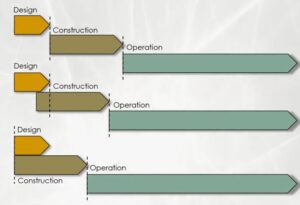
Effects of BIM on Project Lifecycle
Issues before implementation of BIM
- Incompatible ID systems,
- lots of problems around file sharing and different file formats,
- extensive use of paper email overload as more conversations were required among different stakeholders.
- Low data scurity and unclear modern date ownship
- low transparency of information flow and of reversion documents
- limited project records
- No central model containing all project information
Using one system of digital models increases the synchronization between various documents produced by different professionals involved in a project. BIM is the process of designing constructing and manaing a building or infrastructure collaboratively using advanced length digital models.
